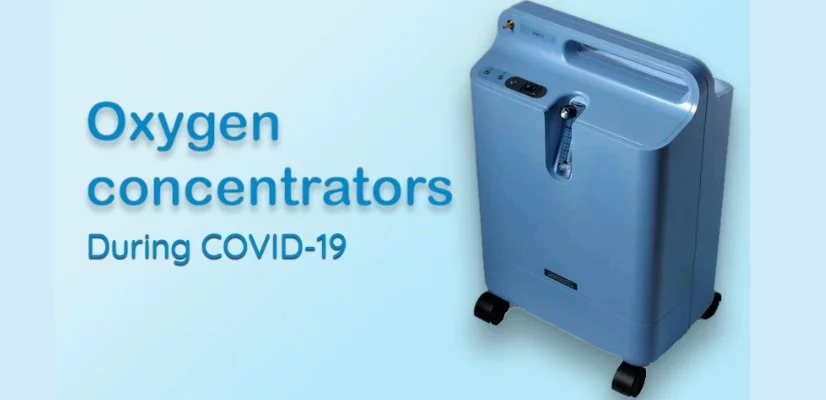As India battled the 2nd wave of the COVID-19 pandemic, the surge of new infections has resulted in an alarming increase in the number of active cases. The resultant stress on our public health infrastructure has led to a big spike in demand for oxygen concentrators.
So, what precisely are oxygen concentrators, when would they be required, and how are they to be used? or not used? Here’s a quick lowdown on the same.
To survive, we need a steady supply of oxygen, flowing from our lungs to various cells in the body. COVID-19 is a respiratory disease that affects our lungs and can cause the oxygen level to drop to dangerous levels. In such a situation, oxygen therapy would be necessary to enhance our oxygen levels to clinically acceptable levels and for medical treatment.
Oxygen saturation, briefly known as SpO2, measures the oxygen level. This is a measure of the amount of oxygen-carrying hemoglobin in the blood. A healthy individual with normal lungs will have an arterial oxygen saturation of 95% – 100%.
The WHO training manual on pulse oximetry states that if the oxygen saturation is 94% or lower, healthcare providers need to treat the patient quickly. A saturation of less than 90% is a clinical emergency.
What we need to know
The Ministry of Health & Family Welfare’s latest clinical guidelines for adult COVID-19 patients state that hospital admission is necessary for oxygen concentration less than or equal to 93% on room air. Below 90% is severe and requires ICU admission. We should strive to replenish our oxygen levels in case of delays or inability to follow the clinical management protocol.
Disclaimer
The information provided is for general knowledge only. Consult your doctor for personalized advice and treatment. Medikart HealthCare is not liable for any actions taken based on this info.

